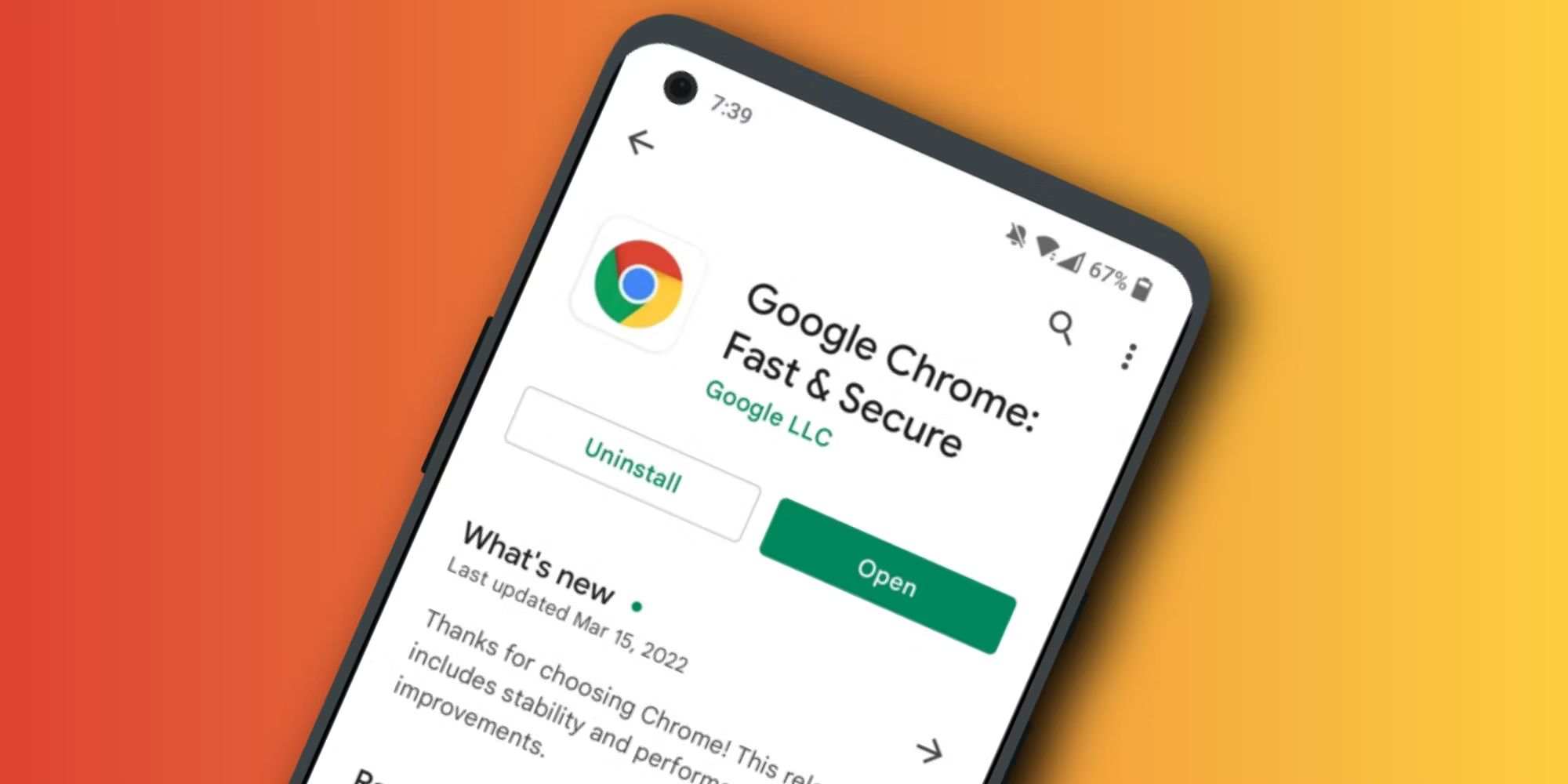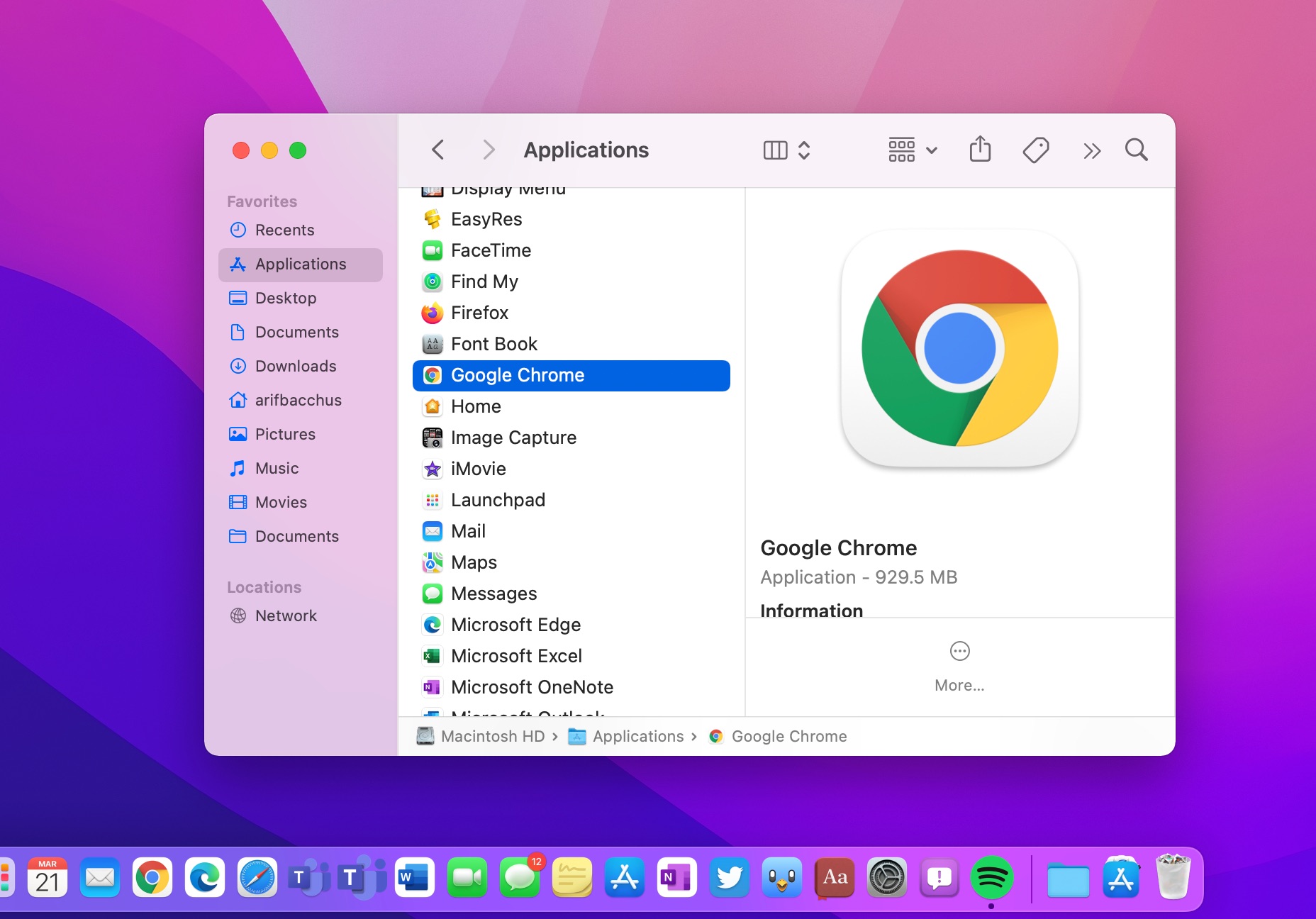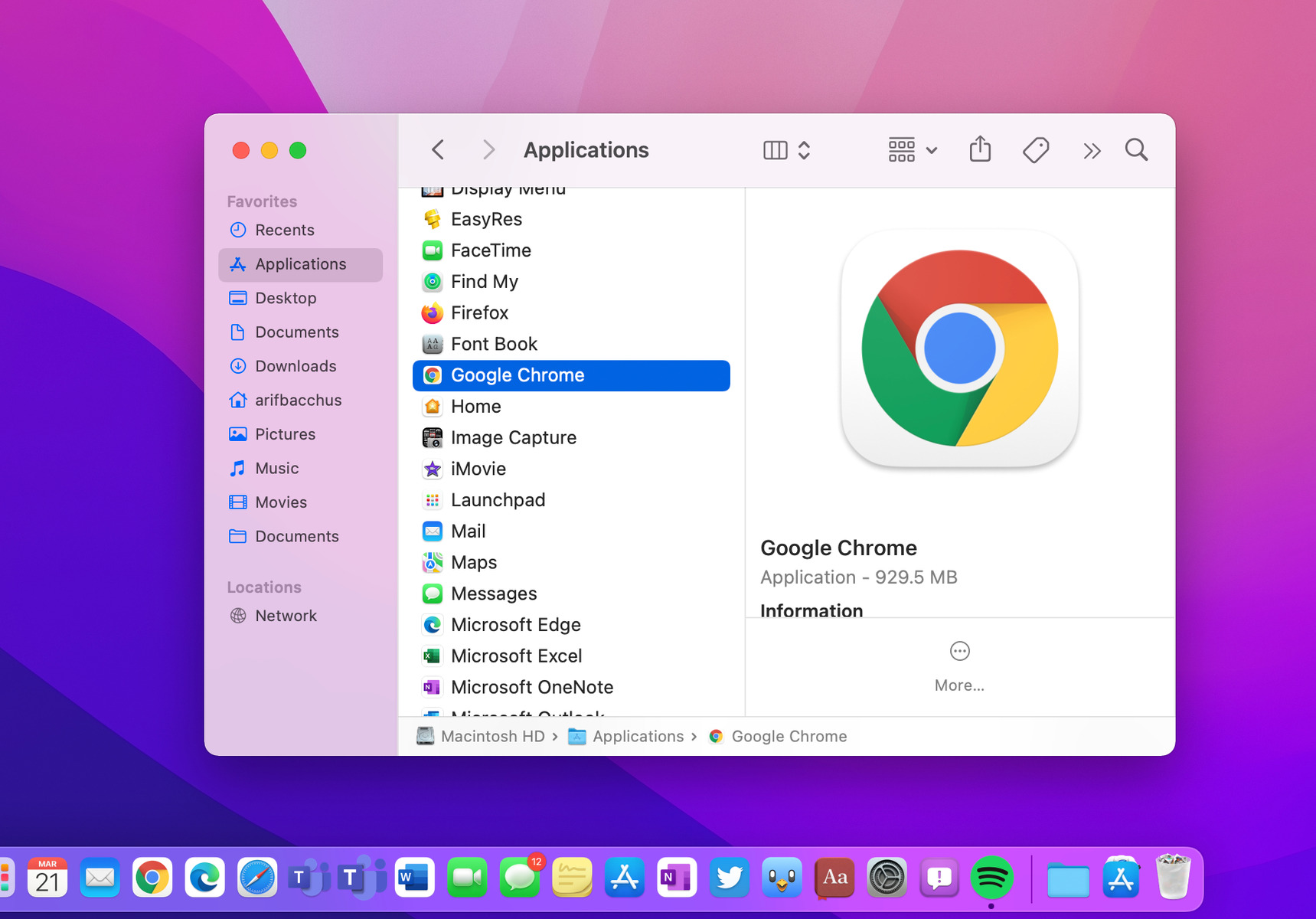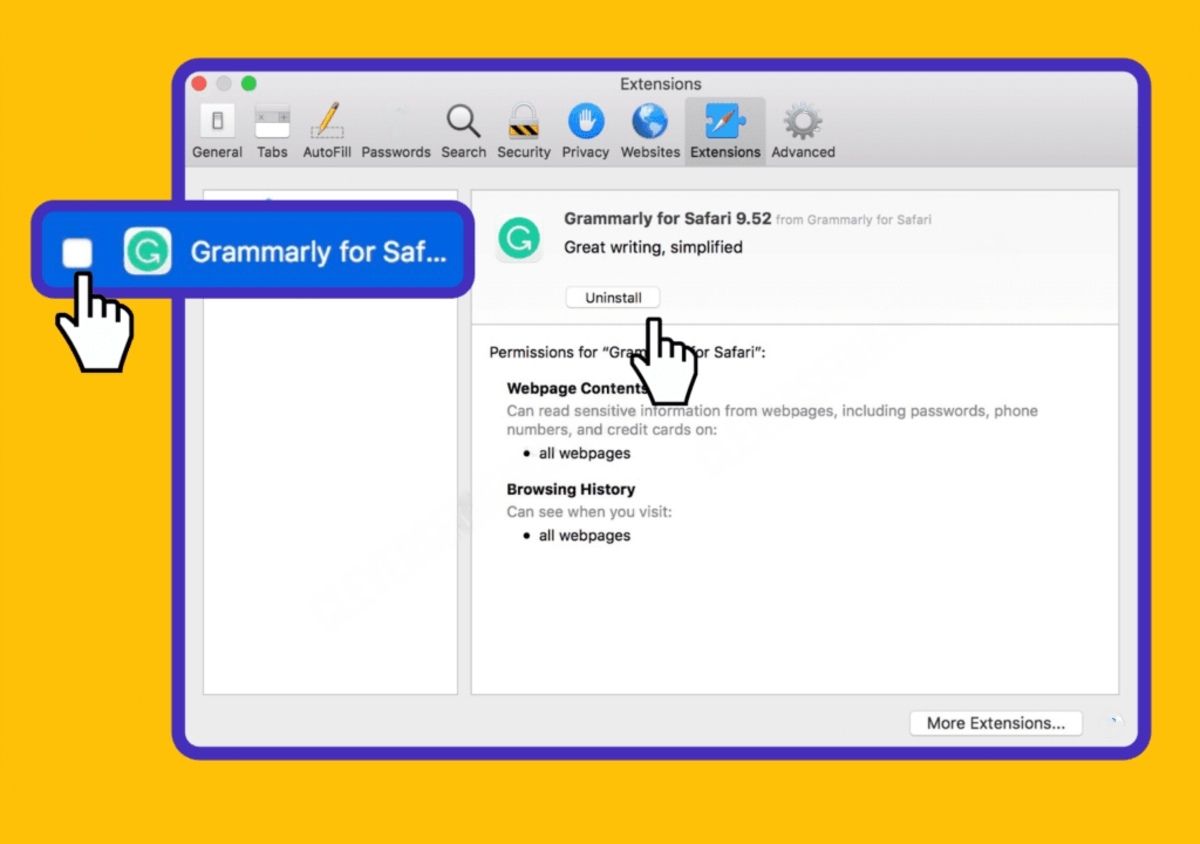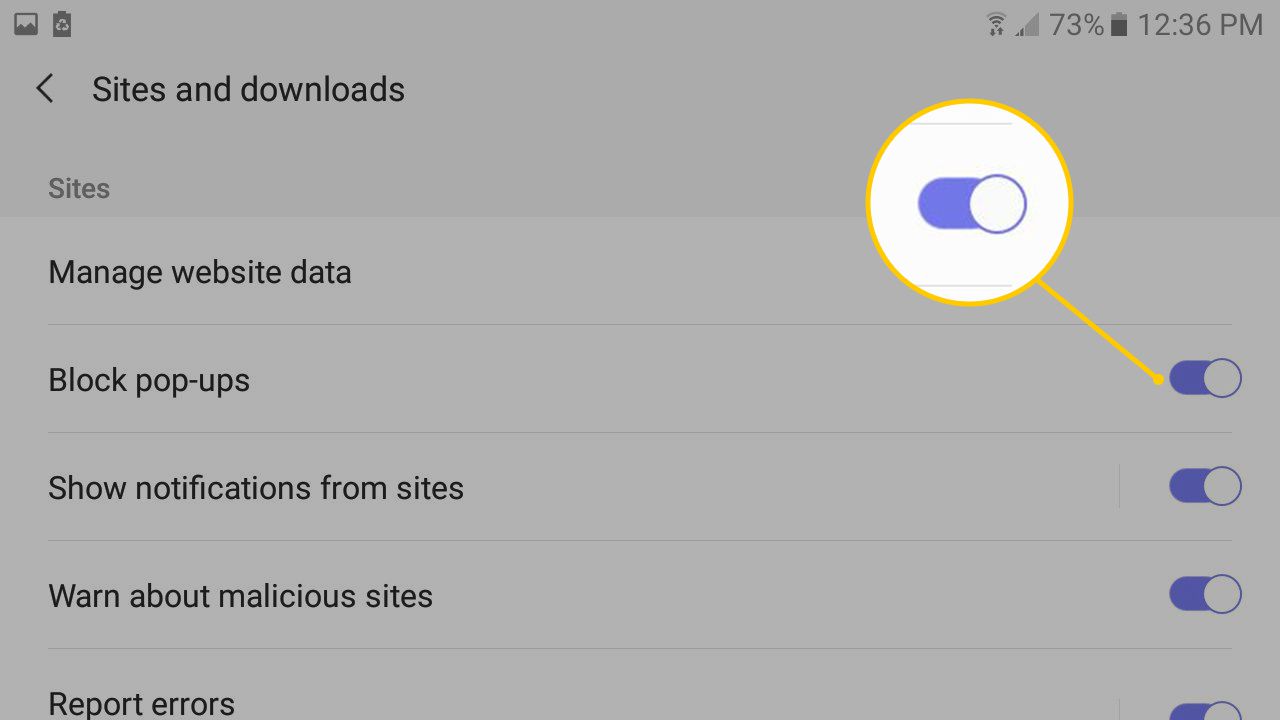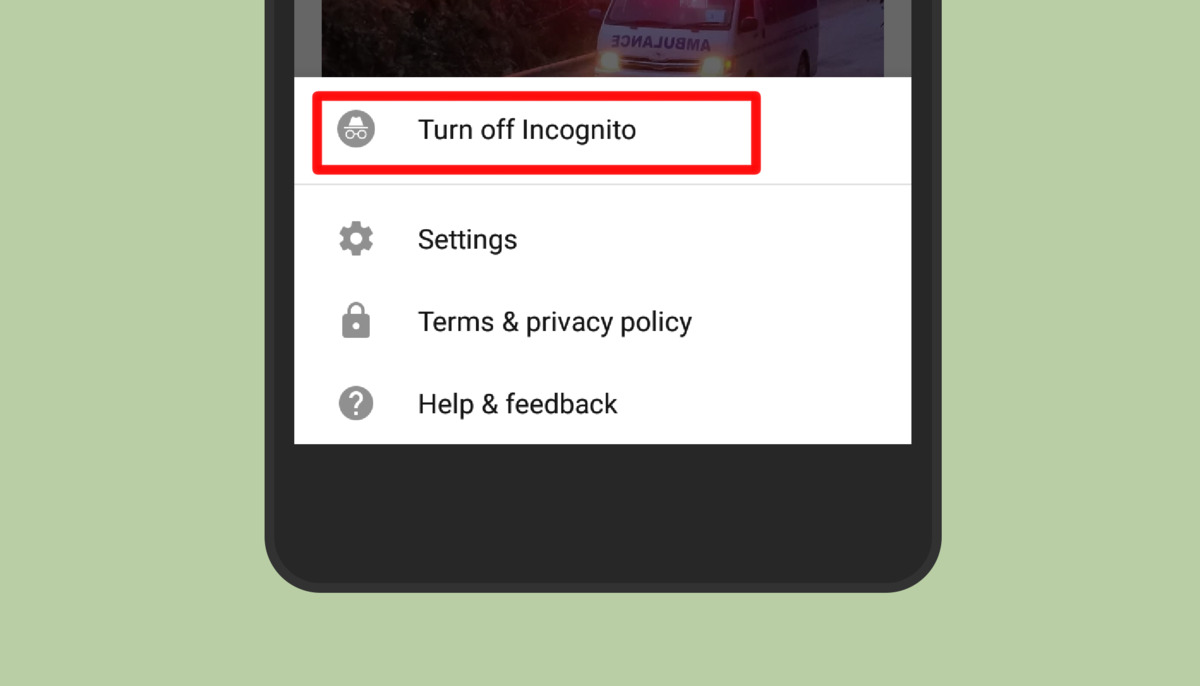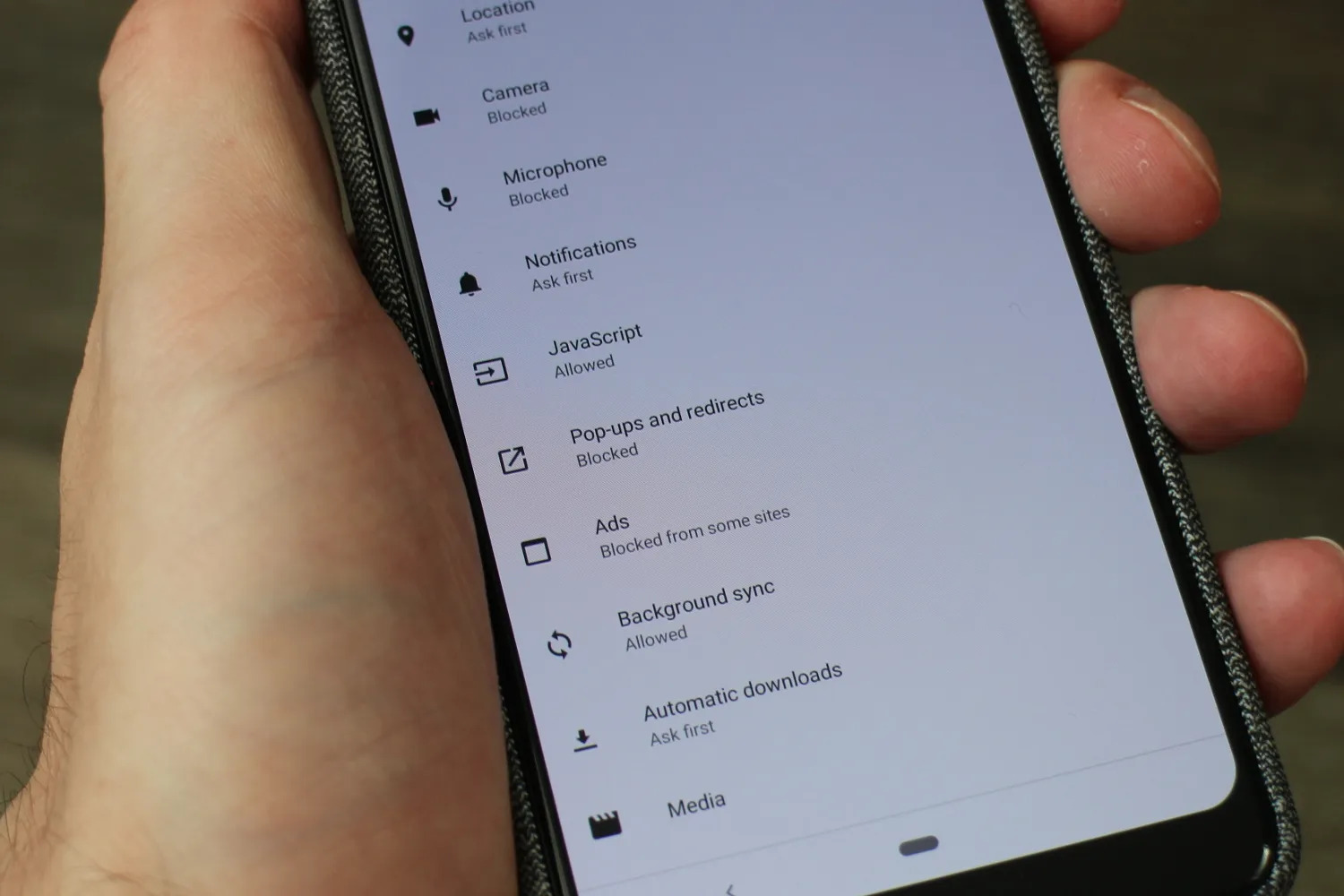Introduction
Uninstalling Chrome from your Android device might seem like a daunting task, especially if you've grown accustomed to using the popular browser. However, there are various reasons why you might want to remove Chrome, such as freeing up storage space, improving device performance, or simply opting for an alternative browser that better suits your needs. Whether you're looking to switch to a different browser or troubleshoot issues related to Chrome, this guide will walk you through the step-by-step process of uninstalling Chrome from your Android device.
Before we delve into the uninstallation process, it's important to note that removing Chrome will also delete all associated data, including bookmarks, browsing history, and saved passwords. Therefore, it's advisable to back up any essential data or sync it with your Google account to ensure that you don't lose important information.
Now, let's explore the steps to uninstall Chrome from your Android device and gain a better understanding of the process. Whether you're a tech-savvy individual or a casual user, this guide will provide clear and concise instructions to help you navigate through the uninstallation process seamlessly.
Step 1: Open Settings
To initiate the process of uninstalling Chrome from your Android device, the first step is to access the device settings. The settings menu serves as the control center for various configurations and adjustments on your device, including the management of installed applications. Here's a detailed walkthrough of how to open the settings on your Android device:
-
Locate the Settings App: On your Android device, the Settings app is typically represented by a gear icon and is commonly found on the home screen or within the app drawer. The app drawer can be accessed by swiping up from the bottom of the screen or tapping the icon that resembles a grid of dots or squares, depending on your device's interface.
-
Tap the Settings Icon: Once you've located the Settings app, tap on the icon to launch the settings menu. This action will open a new window that provides access to a wide range of device settings and configurations.
-
Navigate to the 'Apps' or 'Applications' Section: Within the settings menu, scroll through the available options and look for the section labeled 'Apps' or 'Applications.' The exact placement of this section may vary depending on the device model and the version of the Android operating system it runs.
-
Access the 'Apps' Section: Upon locating the 'Apps' or 'Applications' section, tap on it to enter the application management interface. This section provides a comprehensive list of all installed apps on your device and allows you to modify their settings, permissions, and, most importantly, uninstall them.
By following these steps, you will successfully navigate to the settings menu on your Android device, setting the stage for the subsequent steps involved in the uninstallation process. Opening the settings is the crucial first step toward removing Chrome from your device, and it lays the foundation for the seamless execution of the remaining uninstallation steps.
With the settings menu now accessible, you are ready to proceed to the next step in the uninstallation process, which involves locating the Chrome app within the list of installed applications on your device. This will pave the way for the subsequent steps that culminate in the successful removal of Chrome from your Android device.
Step 2: Select Apps
After successfully accessing the settings menu on your Android device, the next crucial step in the process of uninstalling Chrome involves selecting the 'Apps' or 'Applications' section. This step is pivotal as it enables you to view a comprehensive list of all installed applications on your device, including Chrome, and provides the necessary interface to manage and uninstall them.
Upon entering the 'Apps' or 'Applications' section within the settings menu, you will be presented with an extensive catalog of apps that are currently installed on your Android device. This catalog typically includes system apps, pre-installed applications, and those downloaded from the Google Play Store or other sources. The list is usually arranged alphabetically or in a grid format, depending on the device's interface and the version of the Android operating system it runs.
As you navigate through the list of installed apps, you will encounter various entries representing different applications, each accompanied by its respective icon and name. This visual representation makes it easier to locate specific apps, such as Chrome, amidst the array of installed applications on your device.
To proceed with the uninstallation of Chrome, you will need to scroll through the list of apps until you locate the entry for Chrome. The app name will be displayed as 'Chrome' along with its recognizable icon, making it easily identifiable within the list of installed applications.
Once you have successfully located the entry for Chrome within the 'Apps' or 'Applications' section, the subsequent actions will involve initiating the uninstallation process. This will entail selecting Chrome from the list of installed apps, which will then lead to the display of additional options and settings related to the application.
By selecting Chrome from the list of installed apps, you will access its dedicated settings and management interface, which provides various options for modifying the app's settings, clearing data, and, most importantly, uninstalling it from your device. This pivotal step sets the stage for the seamless execution of the subsequent steps involved in the uninstallation process, ultimately leading to the successful removal of Chrome from your Android device.
With the 'Apps' or 'Applications' section now accessed and Chrome successfully located within the list of installed applications, you are poised to progress to the subsequent steps that will culminate in the effective uninstallation of Chrome from your Android device. This pivotal stage in the process lays the groundwork for the seamless execution of the remaining steps, bringing you closer to the successful removal of Chrome and paving the way for potential alternatives or troubleshooting measures.
Step 3: Find Chrome
After entering the "Apps" or "Applications" section within the settings menu of your Android device, the next crucial step in the process of uninstalling Chrome is to locate the app within the comprehensive list of installed applications. This step is pivotal as it sets the stage for initiating the uninstallation process and provides the necessary interface to manage and uninstall Chrome from your device.
As you navigate through the list of installed apps, you will encounter various entries representing different applications, each accompanied by its respective icon and name. This visual representation makes it easier to locate specific apps, such as Chrome, amidst the array of installed applications on your device.
To proceed with the uninstallation of Chrome, you will need to scroll through the list of apps until you locate the entry for Chrome. The app name will be displayed as "Chrome" along with its recognizable icon, making it easily identifiable within the list of installed applications.
Once you have successfully located the entry for Chrome within the "Apps" or "Applications" section, the subsequent actions will involve initiating the uninstallation process. This will entail selecting Chrome from the list of installed apps, which will then lead to the display of additional options and settings related to the application.
By selecting Chrome from the list of installed apps, you will access its dedicated settings and management interface, which provides various options for modifying the app's settings, clearing data, and, most importantly, uninstalling it from your device. This pivotal step sets the stage for the seamless execution of the subsequent steps involved in the uninstallation process, ultimately leading to the successful removal of Chrome from your Android device.
With Chrome successfully located within the list of installed applications, you are poised to progress to the subsequent steps that will culminate in the effective uninstallation of Chrome from your Android device. This pivotal stage in the process lays the groundwork for the seamless execution of the remaining steps, bringing you closer to the successful removal of Chrome and paving the way for potential alternatives or troubleshooting measures.
Step 4: Uninstall Chrome
Having successfully located Chrome within the list of installed applications on your Android device, you are now poised to initiate the uninstallation process. Uninstalling Chrome is a straightforward procedure that involves a few simple steps to remove the application from your device. Here's a detailed walkthrough of how to uninstall Chrome from your Android device:
-
Select Chrome: Upon locating Chrome within the list of installed applications, tap on the app to access its dedicated settings and management interface. This action will lead you to the app details screen, where you can view specific information about Chrome and access various options related to the application.
-
Initiate Uninstallation: Within the app details screen, look for the option that allows you to uninstall Chrome from your device. This option is typically labeled as "Uninstall" and may be accompanied by a confirmation prompt to ensure that you intend to remove the application. Tap on the "Uninstall" option to proceed with the uninstallation process.
-
Confirm Uninstallation: After selecting the "Uninstall" option, a confirmation prompt will appear, requesting your confirmation to uninstall Chrome. This prompt serves as a safeguard to prevent accidental removal of the application and its associated data. Confirm your decision to uninstall Chrome by tapping "OK" or "Uninstall," depending on the specific wording used in the prompt.
-
Uninstallation Progress: Once you have confirmed the uninstallation, your Android device will commence the process of removing Chrome. This process may take a few moments to complete, depending on the size of the application and the device's performance. During this time, the system will uninstall Chrome and remove all associated data, including app settings, browsing history, bookmarks, and any cached information.
-
Uninstallation Completion: Upon successful completion of the uninstallation process, you will receive a notification or on-screen confirmation indicating that Chrome has been uninstalled from your device. This confirmation signifies that Chrome has been successfully removed, and you are now free to explore alternative browsers or carry out any troubleshooting measures as needed.
By following these steps, you will effectively uninstall Chrome from your Android device, freeing up storage space and potentially improving device performance. Whether you are transitioning to a different browser or addressing specific issues related to Chrome, the uninstallation process provides a seamless way to remove the application from your device.
With Chrome successfully uninstalled, you have the flexibility to explore alternative browsers that align with your preferences and requirements. Additionally, the removal of Chrome opens up opportunities to troubleshoot any persistent issues or explore new avenues for browsing and accessing online content on your Android device.
Conclusion
In conclusion, the process of uninstalling Chrome from your Android device involves a series of straightforward yet crucial steps that enable you to effectively remove the application. By following the step-by-step guide outlined in this article, you have gained valuable insights into the seamless uninstallation of Chrome, empowering you to free up storage space, optimize device performance, and explore alternative browsing options.
As you navigate through the uninstallation process, it's important to consider the implications of removing Chrome from your device. The uninstallation not only removes the application itself but also deletes all associated data, including bookmarks, browsing history, and saved passwords. Therefore, it's advisable to back up any essential data or sync it with your Google account to ensure that you don't lose important information.
Upon successfully uninstalling Chrome, you now have the flexibility to explore a diverse range of alternative browsers available on the Google Play Store. Whether you seek enhanced privacy features, streamlined user interfaces, or specific customization options, the abundance of alternative browsers offers a myriad of choices to cater to your browsing preferences and requirements.
Furthermore, the removal of Chrome opens up opportunities to troubleshoot any persistent issues related to browsing, such as performance concerns, compatibility issues, or specific feature requirements. By exploring alternative browsers, you can discover new functionalities, innovative features, and enhanced browsing experiences that align with your individual needs and preferences.
In essence, the process of uninstalling Chrome from your Android device not only facilitates the removal of the application but also paves the way for exploration, experimentation, and potential enhancements to your browsing experience. Whether you opt for a browser with robust privacy features, seamless synchronization capabilities, or advanced customization options, the uninstallation of Chrome marks the beginning of a journey toward discovering a browsing solution that perfectly aligns with your unique preferences and usage patterns.
By leveraging the insights and instructions provided in this guide, you have acquired the knowledge and confidence to navigate the uninstallation process with ease, empowering you to make informed decisions regarding your browsing preferences and device optimization. As you embark on the next phase of your browsing journey, may you find a browser that seamlessly integrates with your digital lifestyle and enhances your overall browsing experience on your Android device.









